News & Views, Volume 52 | PHMSA Rupture Mitigation Valve Rule
PREPARING CLIENTS TO MEET NEW PIPELINE AND SAFETY REGULATION
By: Bruce Paskett and Erica Rutledge
On April 8, 2022, the Pipeline and Hazardous Materials Safety Administration (PHMSA) published amendments to 49 CFR Part 192 in the Federal Register issuing new valve installation and rupture detection requirements for onshore transmission pipelines and gathering pipelines . The effective date of the Final Rule (“Valve Rule”) is October 5, 2022.
The new rule is complex and creates challenges for operators. Since 2011, Structural Integrity has been advancing practical and cost-efficient methods to address pipeline safety.
GENERAL OVERVIEW
As a result of two high-profile transmission pipeline accidents in 2010 , the congressional Pipeline Safety, Regulatory Certainty, and Job Creation Act of 2011 (2011 PIPES Act) was enacted. The legislation contained several mandates for PHMSA to issue regulations addressing improvements to pipeline safety. One of the mandates required PHMSA to issue regulations for the use of Automatic Shut-off Valves (ASV) or Remote-Control Valves (RCVs), or equivalent technology, on newly constructed or replaced gas transmission pipeline facilities.
The Valve Rule addresses this congressional mandate by establishing minimum standards for the installation of Rupture Mitigation Valves (RMVs) or alternative equivalent technology (AET) on specified newly constructed or entirely replaced onshore natural gas transmission, Type A gas gathering and hazardous liquid (e.g., oil and gasoline) pipelines that have diameters of 6 inches or greater.
The Valve Rule covers the following topics:
- New Definitions
- Rupture Mitigation Valves (RMVs)
- Changes in Class Location and Valve Spacing
- Emergency Plans and Response
- Failure and Incident Investigation
- Notification of Potential Rupture and Response to Rupture Identification
- Valve Shutoff Requirements for Rupture Mitigation
- RMV Valve Maintenance
- Preventative and Mitigative Measures for Pipelines in HCAs
NEW DEFINITIONS (§192.3)
The Valve Rule defined “notification of potential rupture” as notification of, or observation by an operator, of the specific indications of an unintentional or uncontrolled release of a large volume of natural gas from a pipeline. PHMSA has defined “rupture identification” to mean the point when a pipeline operator has sufficient information to reasonably determine that a rupture occurred.
RUPTURE MITIGATION VALVES (RMVs) (§192.179)
The Valve Rule prescribes new rupture mitigation valve (RMV) installation requirements on certain pipeline segments with diameters of six inches or greater that are constructed or “entirely replaced” after April 10, 2023 in accordance with §192.179. The RMV installation requirements only apply to entirely replaced pipelines if the addition, replacement, or removal of a valve is part of the replacement project.
“Entirely replaced” is defined as replacing two or more miles, collectively, of any contiguous five miles of pipeline during a 24-month period.
Gas pipeline segments in Class 1 or Class 2 locations that have a potential impact radius (PIR) of 150 feet or less are exempt from RMV installation requirements.
An RMV is defined as an automatic shut-off valve (ASV) or remote-control valve (RCV) “that a pipeline operator uses to minimize the volume of gas released from the pipeline and to mitigate the consequences of a rupture.”
Operators may elect to use an alternative equivalent technology (AET) in response to the RMV installation requirements if the AET provides an equivalent level of safety. This process must be demonstrated and requested by the operator in a notification pursuant to §192.18 for PHMSA review. An operator requesting use of manual valves as an AET must include in the notification submitted to PHMSA a demonstration (e.g., evidence) that installation of an RMV would be economically, technically, or operationally infeasible.
CHANGES IN CLASS LOCATION AND VALVE SPACING (§192.610)
The Valve Rule also applies where class location changes occur, and gas pipeline replacements are necessary to comply with Part 192 maximum allowable operating pressure (MAOP) requirements. For Class Location changes that occur after October 5, 2022, and which are considered being entirely replaced, operators are required to comply with the valve spacing and RMV installation requirements. These valves must be installed within 24 months of the change in Class Location.
For replacements not considered entirely replaced, the operators must either:
- Comply with the valve spacing requirements in accordance with §192.179(a) for the replaced segment, or
- Install or use RMVs or AETs so that the entirety of the replaced pipeline segment is between two RMVs or AETs. The distance between the RMVs/ AETs may not exceed 20 miles.
The requirements above do not apply to pipeline replacements that are less than 1,000 feet within any single continuous mile during any 24-month period.
EMERGENCY RESPONSE (§192.615(a))
In the event of a potential or confirmed transmission or distribution pipeline rupture, the Valve Rule prescribes new requirements for operators to establish and maintain communication with appropriate public safety answering points (i.e., 9-1-1 emergency call center). Operators must revise their procedures to require immediate and direct communication to 9-1-1 call centers or coordination with local government officials located in the communities and jurisdictions in which the pipeline rupture is located.
FAILURE AND INCIDENT INVESTIGATION (§192.617)
In the event of a pipeline rupture involving the closure of an RMV and/or AET, an operator must conduct an analysis of the factors that may have contributed to the rupture and implement measures to minimize the consequences of a future incident. Operators must also complete a summary of the post-failure or incident review within 90 days of the incident. The summary must be signed by a senior executive officer and retained for the useful life of the pipeline.
NOTIFICATION OF POTENTIAL RUPTURE AND RESPONSE TO RUPTURE IDENTIFICATION (§192.635)
The Valve Rule requires operators who identify a potential rupture or are notified directly from an external credible source(s) of a potential rupture, to take action(s) on their transmission pipeline system. “Notification of potential rupture” may be based on one or more indications such as an unanticipated pressure loss greater than 10 percent in 15 minutes or less, an unanticipated flow rate or pressure change, or a rapid release of a large volume of gas, fire, or explosion in the vicinity of the pipeline.
An operator must develop procedures documenting how it observes a potential rupture or receives notification of a potential rupture and the actions to be taken in response to a potential and confirmed rupture. Upon notification of a potential rupture, operators must evaluate the potential rupture as soon as possible to confirm if it is a rupture.
VALVE SHUTOFF REQUIREMENTS FOR RUPTURE MITIGATION (§192.636)
The Valve Rule prescribes new valve shut-off requirements. After rupture confirmation, the operator must fully close any appropriate RMVs or AETs necessary to minimize the volume of gas released from a pipeline and mitigate the consequences of the rupture as soon as practicable but within 30 minutes of rupture identification. Other valves necessary to isolate the pipeline segment must be closed as soon as practicable.
VALVE MAINTENANCE (§192.745)
PHMSA revised the existing §192.745 to require operators to conduct valve maintenance, inspection, and operator drill activities to ensure each RMV or AET can achieve the prescribed 30-minute valve closure time. If during the drill, the 30-minute response time is not achieved, the operator must revise its rupture response efforts as soon as practicable to achieve compliance, but no later than 12-months after the drill. Any valve found inoperable during this test must be repaired or replaced as soon as practicable but no later than 12 months after the valve is determined to be inoperable. The operator must also select an alternative valve to act as an RMV within seven calendar days.
PREVENTATIVE AND MITIGATIVE MEASURES (§192.935)
The Valve Rule requires gas transmission operators to conduct a risk analysis/assessment on their transmission pipeline system to analyze whether an RMV or AET is an efficient means of adding protection to an HCA. The risk analysis/assessment must consider timing of leak detection and pipe shutdown capabilities, the type of gas being transported, operating pressure, the rate of potential release, pipeline profile, the potential for ignition, and the location of the nearest response personnel. The risk analysis/assessment must be reviewed by operator personnel at least once per calendar year, not to exceed 15 months, and certified by a senior executive.
SI PROVIDES OPERATOR SUPPORT
Structural Integrity has significant expertise in pipeline safety regulatory compliance and has been heavily involved in the Valve Rule since 2011. Our dedicated and substantial resources are ready to help with specific procedures and programs, including:
- Risk Analysis and Assessment of RMVs on transmission pipeline systems.
- Review and update of all existing procedures impacted by the new regulatory requirements, including emergency response, valve installation, operations, and maintenance.
- Development of new, comprehensive procedures and processes to support compliance with the Valve Rule, which include defining Gas Control Room responses to potential ruptures, significant gas releases, and confirmed ruptures.
References
- PHMSA Pipeline Safety: Requirements of Valve Installation and Minimum Rupture Detection Standards Final Rule.

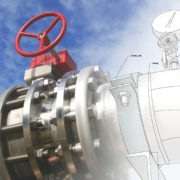
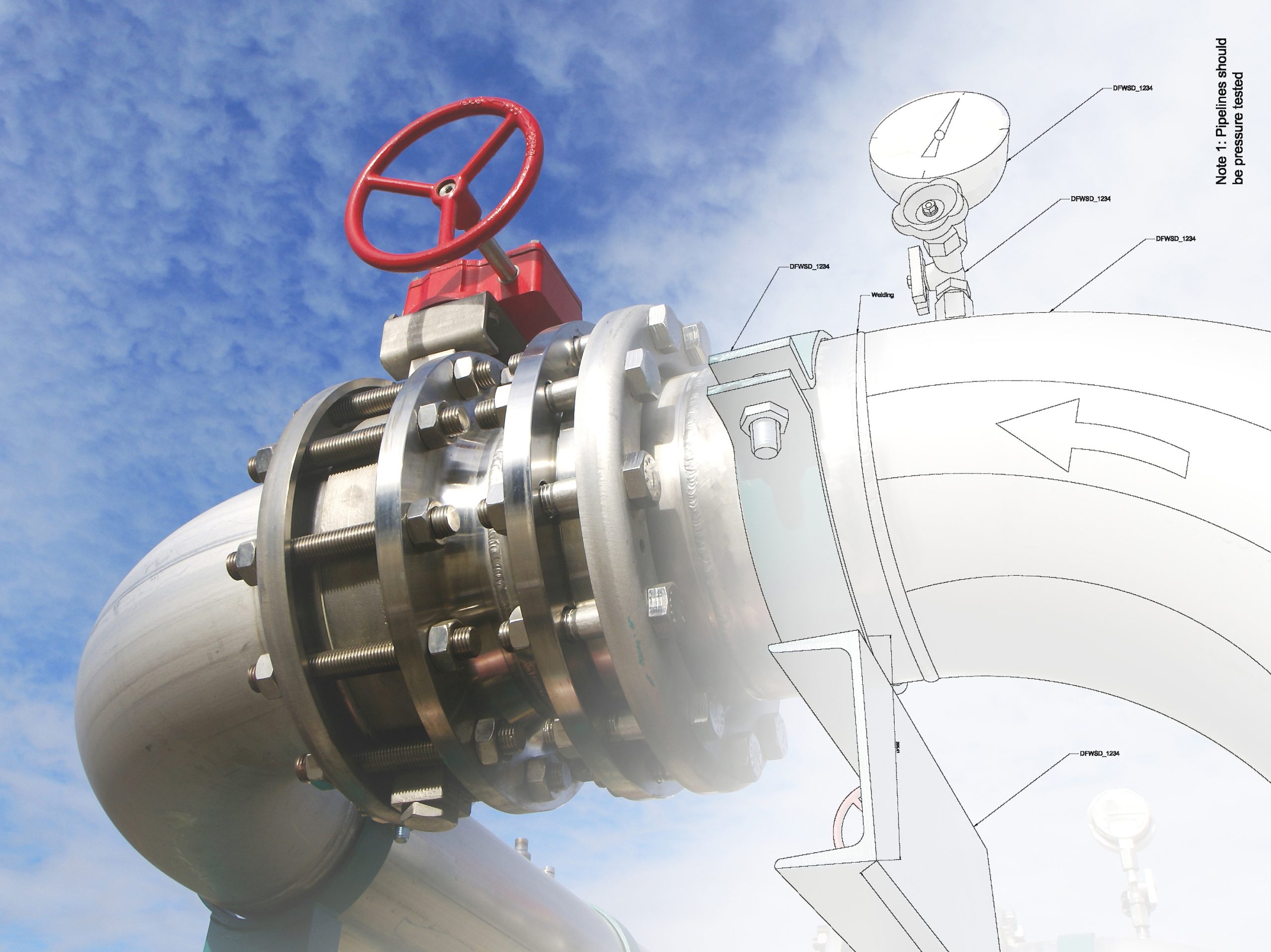
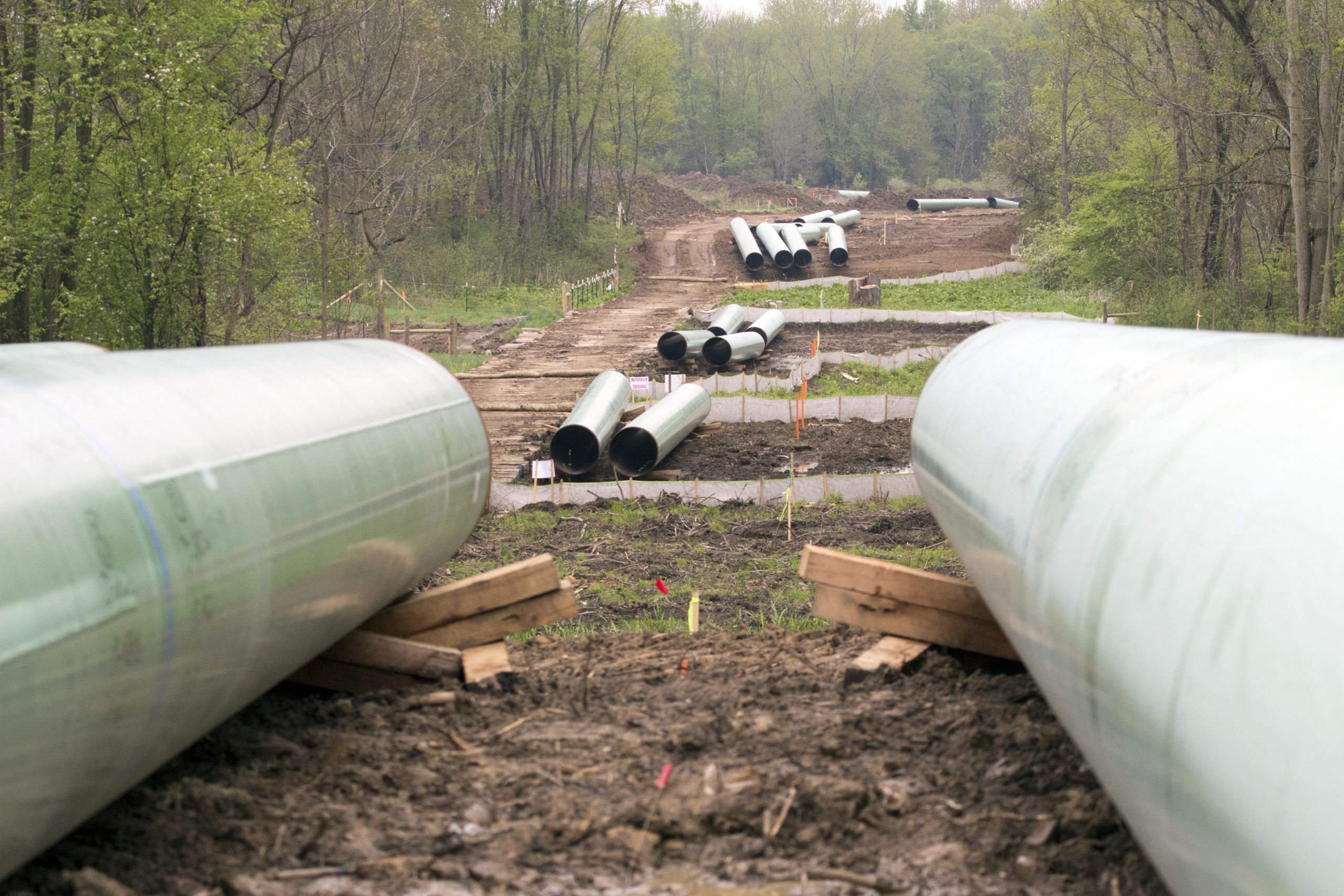
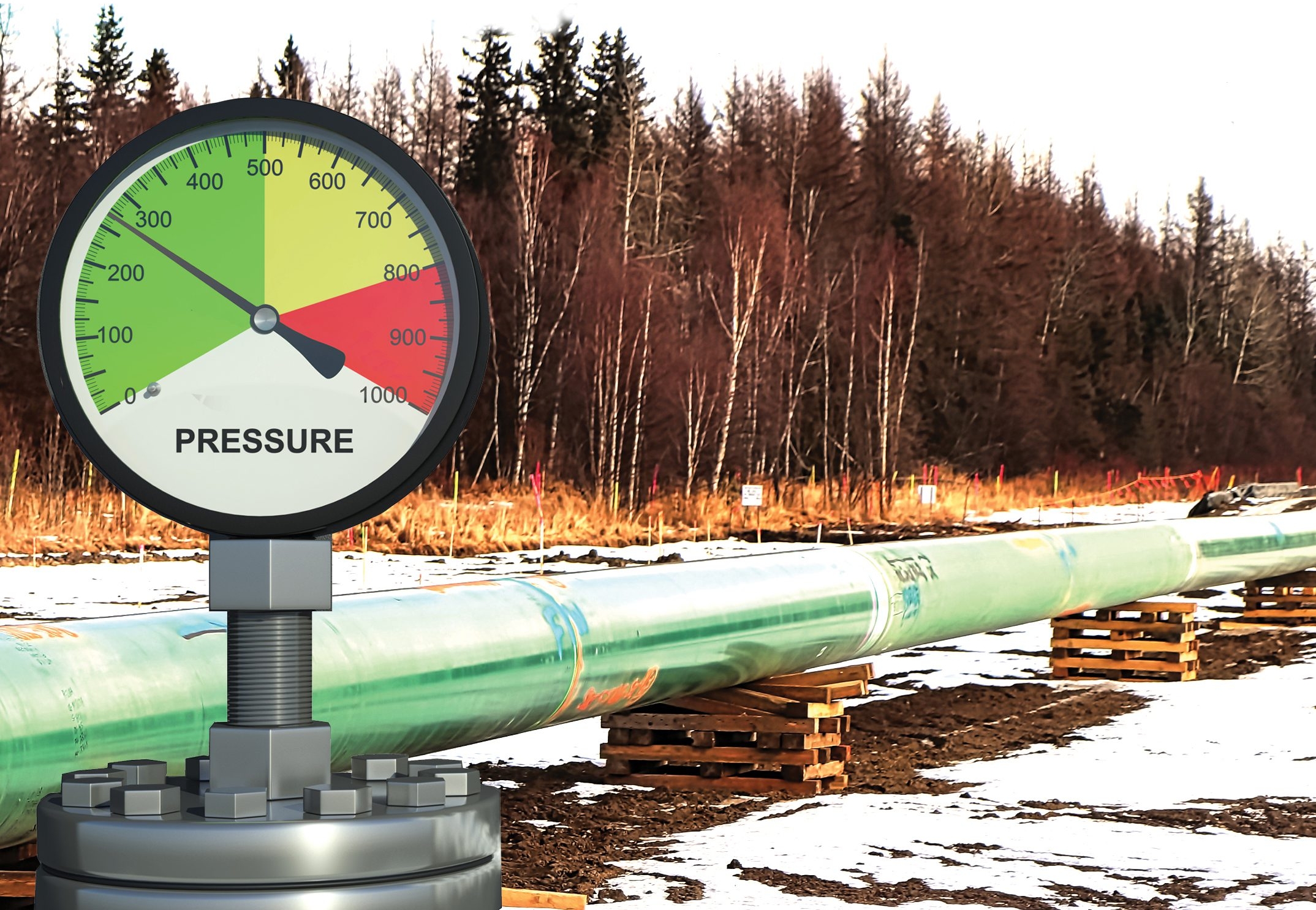

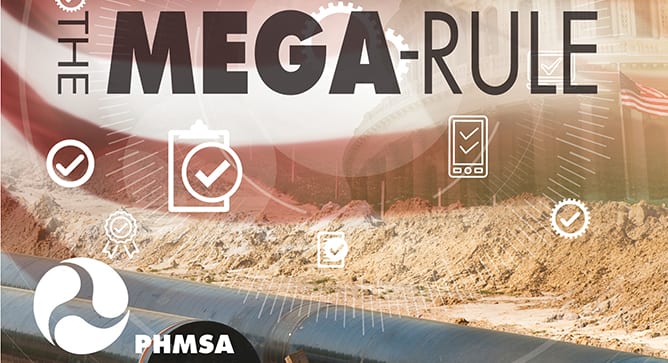 By: Scott Riccardella, Bruce Paskett, and Steven Biles
By: Scott Riccardella, Bruce Paskett, and Steven Biles
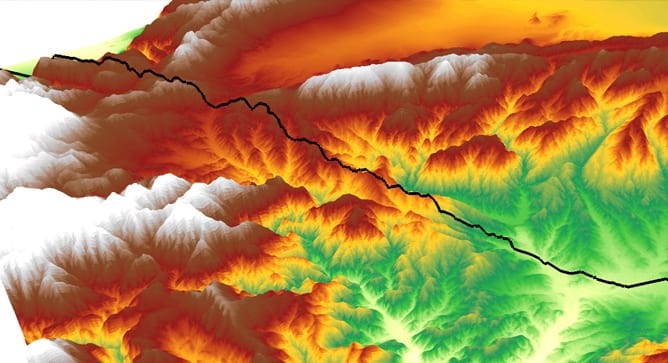 By: Scott Riccardella, Bruce Paskett, and Eric Elder
By: Scott Riccardella, Bruce Paskett, and Eric Elder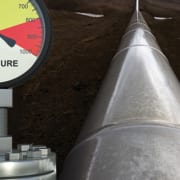
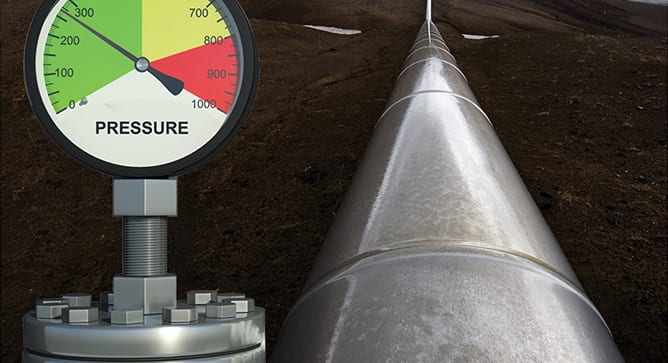

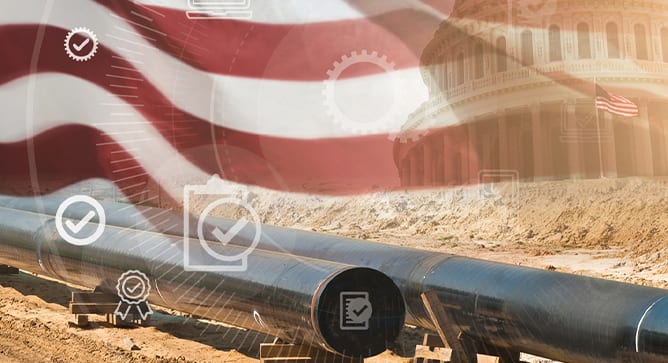 On October 1, 2019 the Pipeline and Hazardous Materials Safety Administration (PHMSA) published amendments to 49 CFR Parts 191 and 192 in the Federal Register issuing
On October 1, 2019 the Pipeline and Hazardous Materials Safety Administration (PHMSA) published amendments to 49 CFR Parts 191 and 192 in the Federal Register issuing 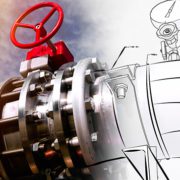
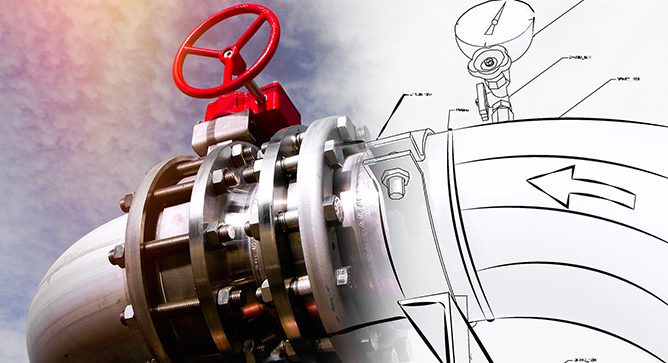

 Structural Integrity (SI) has significant depth and expertise in current pipeline safety regulations and dedicates substantial resources to ensure a comprehensive understanding of proposed pipeline safety regulations.
Structural Integrity (SI) has significant depth and expertise in current pipeline safety regulations and dedicates substantial resources to ensure a comprehensive understanding of proposed pipeline safety regulations.